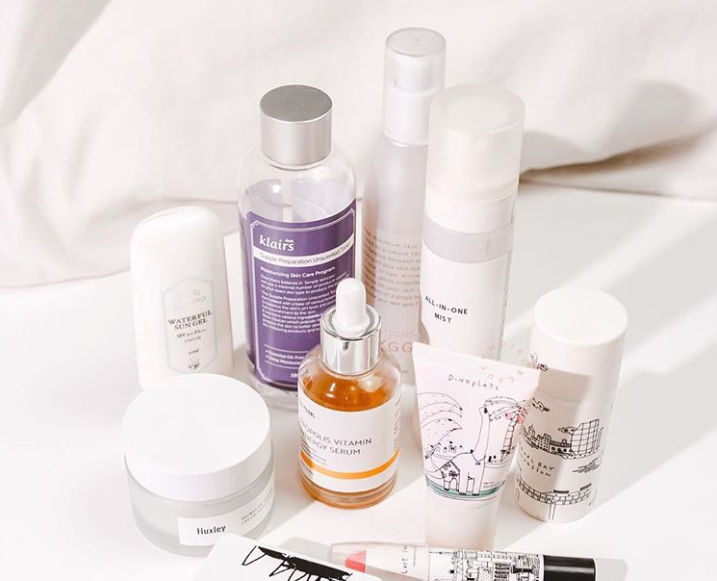As a teenager, I was considered as one of the lucky ones. While my friends we’re blotting their greased-up foreheads in between classes and freaking out over their breakouts, I observed quietly. Puberty served my friends acne by the bundles — cheeks, forehead, nose and even back — while I got nothing but luck. Yup, I never suffered from teenage acne at all (I had the occasional large zit, but it was nothing worth hiding). Besides convincing myself my good fortune was a result of delayed development, my skin was never a concern. I never had to wear makeup (!) and therefore never had a real skin regimen. I didn’t even wear makeup to prom. Puberty was great!
But when I entered my early twenties, the tables turned. My friends glowed up with the help of birth control pills and adult braces, there I was with a scaly chin and a forehead clustered with tiny little bumps (think: Crunch chocolate bar). Of course, this stressed me out and caused even more breakouts along the contours of my cheeks. And although topical products did help out a lot, the best solution to my hormonal acne was time and tweaks to my lifestyle (sleeping, diet, and exercise). Now that I’m in my mid-20s, the acne breakouts have calmed down. Instead of experiencing bundles of acne, I get random large, gnarly zits during and after my period. Now with that said, I’ve actually come to terms with my adult acne — it justs happens. It comes and then it goes. But the thing that doesn’t just come and go (and is probably the worst skin problem of all) is the after-effect of those large whiteheads. Yup, I’m talking about post-acne marks (otherwise known in dermatologist circles as post-inflammatory hyperpigmentation).
Dark marks are annoying and can actually be more stressful than the acne itself, but to better understand how to treat them, we have to understand how they form. So what are dark spots? Often mistaken for acne scars, dark spots (also known as post-inflammatory hyperpigmentation) are caused by a disruption of the skin barrier during the healing process, causing a transfer of pigment up to the skin, leaving brown, red or even purple marks on the skin. This usually happens after you’ve popped a pimple. But good news: dark spots naturally go away on their own. Depending on how pigmented the mark is, dark spots typically last up to three to six months. I’m a special case, I guess — popping pimples is a sick pleasure of mine (thanks Dr. Pimple Popper!). So while they don’t miraculously heal overnight, I spoke with dermatologist Dr. Cohen of Rosedale Dermatology Centre, to share how to treat and speed up the healing process of post-acne marks. Read on for the products you need in your skincare arsenal.
Vitamin C Serums
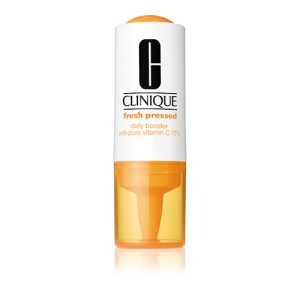
“I’m a big fan of vitamin C and vitamin C-fused serums, especially for darker skin: first, vitamin C is an antioxidant so it helps prevent sun damage. It also stimulates collagen production, which is great for wrinkles. The other thing about is that it helps prevent pigment transfer,” says Cohen.
Sunscreen
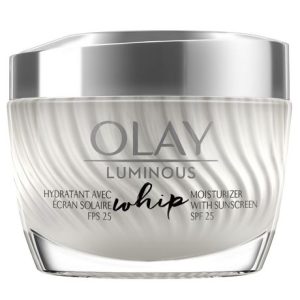
“A lot of people who suffer from acne are reluctant to put creams on their face. But if you’re dealing with hyperpigmentation, you always need sunscreen. Sun exposure can make dark marks appear more prominent.”
Skin Brighteners
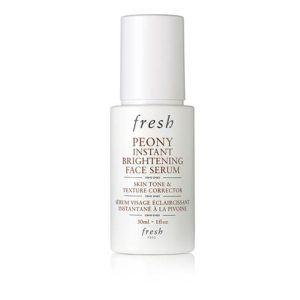
“Some brightening agents like hydroquinone or kojic acid prevent the transfer of pigment up to the skin. As well, brightening serums cause exfoliation and scuff off hyperpigmented skin and some of the bleaching creams actually prevent pigment formation to the enzymes that make the dark spot.”
Glycolic Acid
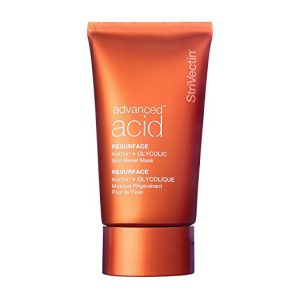
“Glycolic acid is a nice exfoliating agent that’s good for [removing] the hyperpigmented skin. It can also help with cell turnover,” thereby minimizing post-acne marks.
Chemical Peels
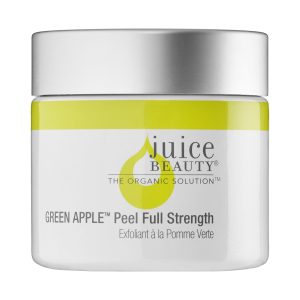
“By exfoliating the top layer of skin, this will help with pigmentation but will also allow [topical] medicines to penetrate better. [Chemical peels and topical ingredients] sort of compliment each other but have different mechanisms on how they work.”
Main photo: @Moikobeauty/Instagram

